Life vests: The Ultimate Guide (2023)
A life vest, also known as a personal flotation device (PFD), is a wearable device that is designed to help keep a person afloat in the water. PFDs are typically worn around the torso and are secured with straps or buckles. The outside of the vest is usually made from materials such as neoprene, nylon, or polyester and are designed to provide buoyancy and support in the water. The inside is usually made up of a foam-like material, such as EPE or PVC.
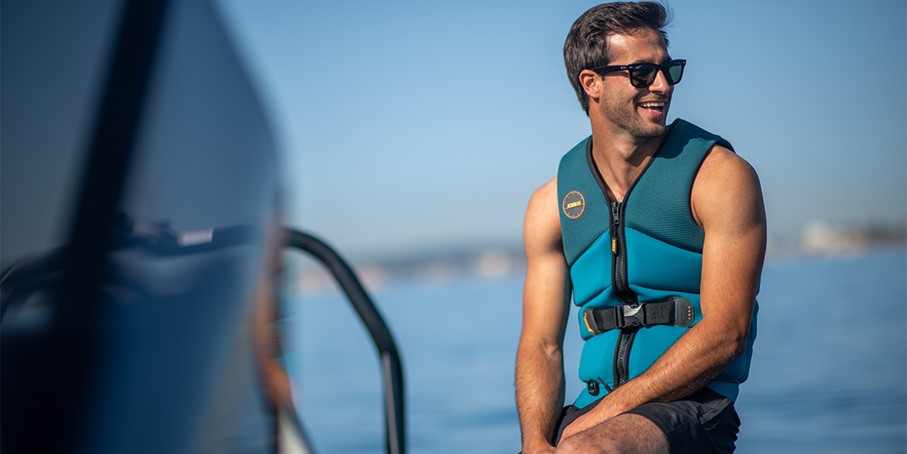
Differences in life vests
The type of life vest, also known as a personal flotation device (PFD), that you need depends on several factors, including the type of water activity you will be participating in, your body type and size, required amount of freedom of movement and any special needs you may have.Here are some general guidelines for choosing a life vest:
- Consider the type of water activity you will be participating in. Different types of life vests are designed for specific activities, such as boating, wakeboarding, or water skiing. Choose a life vest that is appropriate for the activity you will be doing. An example of this is that you need more freedom of movement with wakeboarding or waterskiing compared to sitting on a towable.
- Consider your body type and size. Life vests are available in a range of sizes to fit different body types and sizes. Choose a life vest that fits snugly and comfortably on your body.
- Consider any special needs you may have. Some life vests are designed for individuals with specific needs, such as children. If you have any special needs, choose a life vest that is designed to meet those needs.
It's important to choose a life vest that fits properly and is suitable for the activity you will be participating in. Wearing a life vest that does not fit properly or is not suitable for the activity can be dangerous. For emergency situations, a life jacket (100N)is recommended instead of a life vest. In some countries this is mandatory. Make sure to look up local laws regarding the buoyance of vests/jackets.
In order to achieve the perfect fit, we have added several extra ‘in between’-sizes. These plus-sizes are similar to their regular-sized variants, just with more room around the waist.
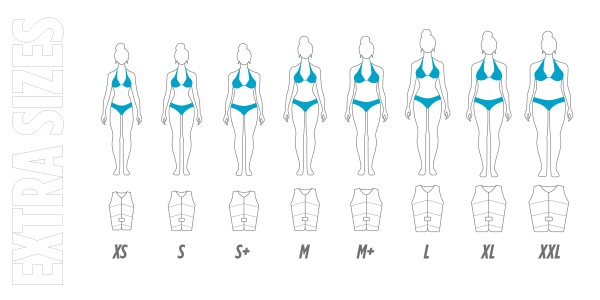
How should a life vest fit?
A life vest, also known as a personal flotation device (PFD), should fit snugly and comfortably on your body. It should not be too loose or too tight.
Here are some tips on how to properly fit a life vest:
- Adjust the straps to fit your body snugly. The vest should not be able to move around or shift when you move.
- Make sure the vest covers your chest and extends down to your waist.
- Check that the armholes are not too large or too small. They should be large enough to allow for a full range of motion, but not so large that the vest rides up when you move.
- Test the fit by lifting your arms above your head. The vest should not ride up or shift out of place.
Bonus tip: in order to test if the vest will stay in place, have a buddy stand behind you and pull the vest up by the shoulders. If it stays somewhat in the same place, you’re good to go!
It's important to note that different types of life vests may fit differently, so be sure to follow the manufacturer's fitting instructions for the specific vest you are using.
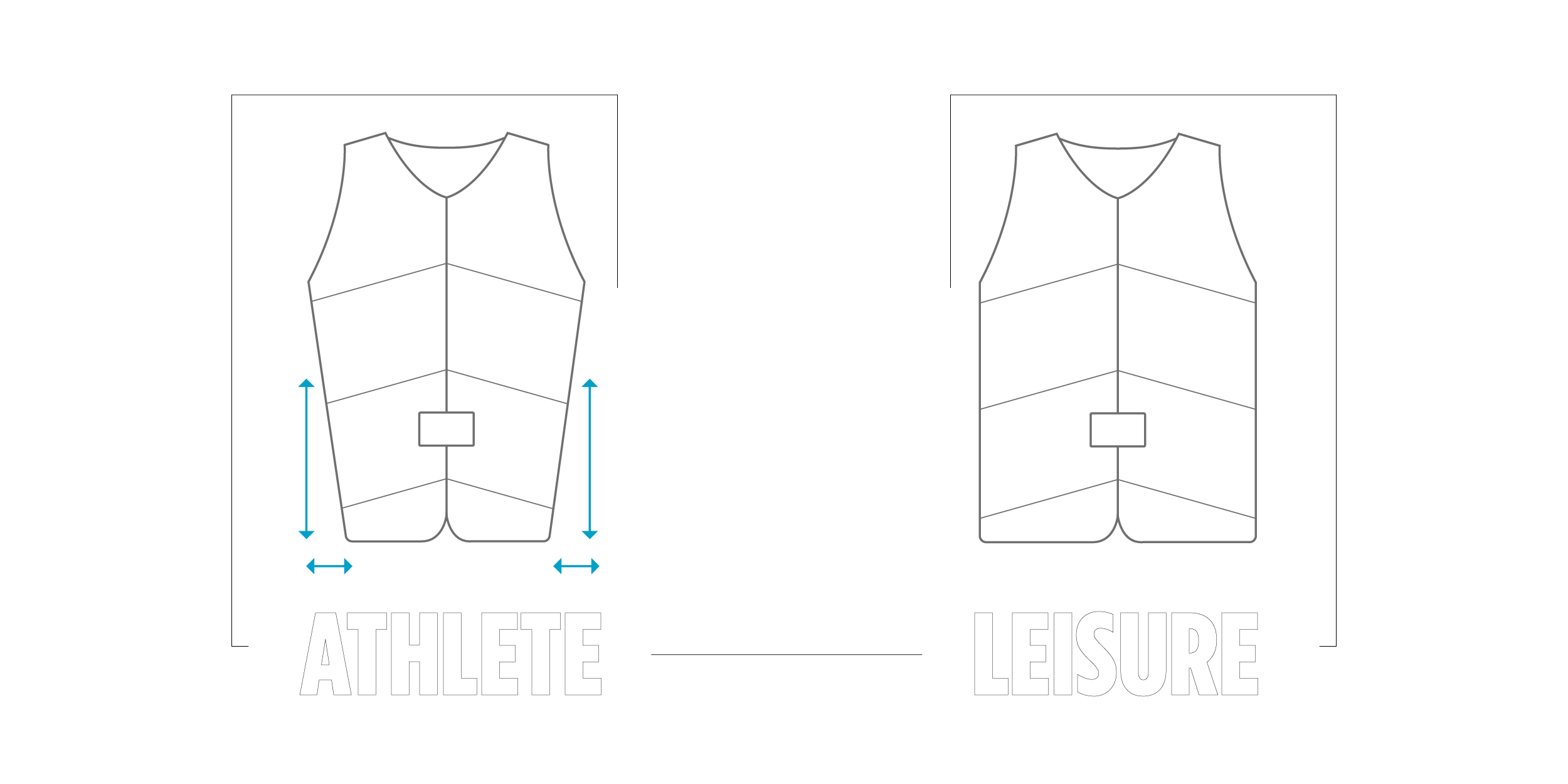
Can life vests be washed?
Yes, life vests, also known as personal flotation devices (PFDs), can generally be washed. However, the specific washing instructions may vary depending on the type of life vest and the materials it is made from.
Here are some general guidelines for washing a life vest:
- Check the care instructions on the life vest or consult the manufacturer's website for specific washing instructions. Some life vests may be machine washable, while others may need to be hand washed.
- Use a mild detergent and cold water to wash the life vest. Avoid using bleach or other harsh chemicals, as these can damage the materials and weaken the vest's buoyancy.
- Rinse the life vest thoroughly to remove all soap and detergent.
- Allow the life vest to air dry completely before storing it. Avoid drying the life vest in direct sunlight or near a heat source, as this can damage the materials.
It's important to keep your life vest clean and in good condition to ensure that it will provide proper buoyancy. Regularly washing and inspecting your life vest can help extend its lifespan and ensure that it will work properly when you need it most.
Which live vest is best for me?
Comfort & safety come together in Jobe’s unique vest range. How to choose? Choosing your perfect vest comes down to deciding for what purpose or watersports you want to use the vest and the corresponding level of comfort. Wakeboarding or slalom skiing demands a higher level of comfort and flexibility than laying on a tube. This corresponds to the amount of split foam panels on the vest. Rule-of-thumb: the more split foam panels, the more flexibility, comfort and freedom of movement your vest has. All Jobe vests have a minimum of 50N buoyancy and are ISO-certified. We also have 100N jackets that are officially ISO-certified. They have even more buoyancy! For the American market, 70N is required, so a 100N jacket would be the best choice.
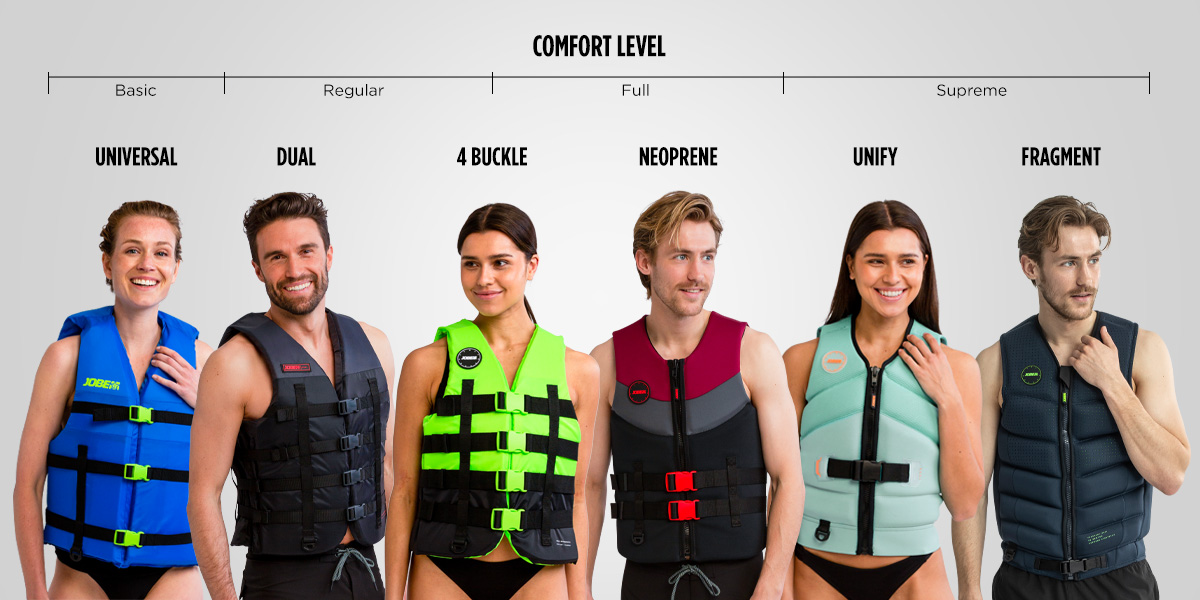
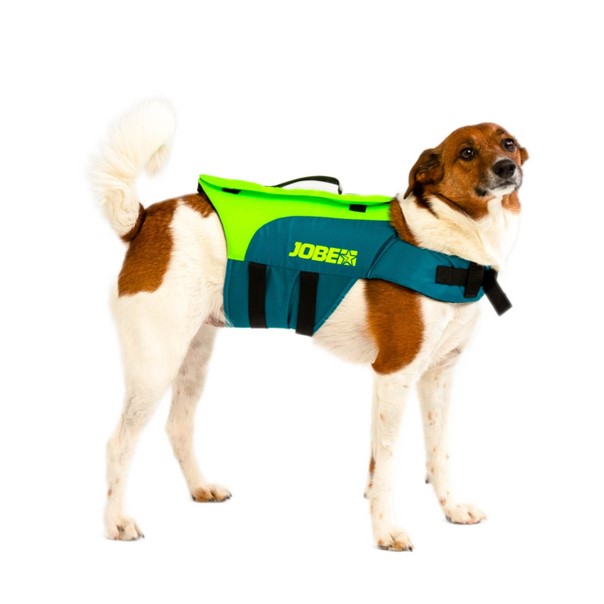
Life vest for dogs
We don’t just offer safety for people, but also our loyal companions.
Life vests for dogs are designed to help keep dogs safe and afloat in the water. These vests are especially useful for dogs that are not strong swimmers, are prone to getting tired while swimming, or are prone to panicking in the water.
It is important to note that a PFD is not a substitute for supervision and should always be used in conjunction with proper supervision and caution when around water. It is also a good idea to teach your dog basic water safety skills, such as how to get out of the water and how to swim to the side of a pool or boat.

 Menu
Menu











